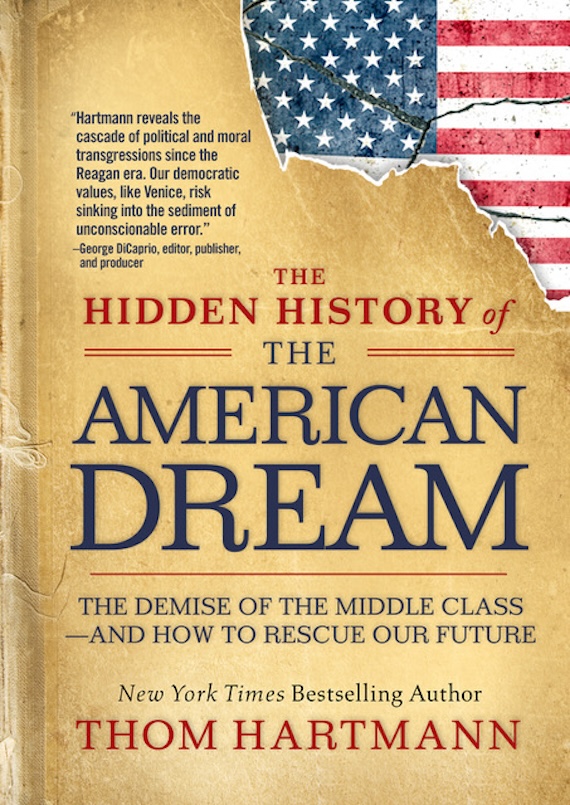









The American Dream, once a cornerstone of American identity, is increasingly viewed as unattainable by many citizens. A recent survey by the Rainey Center revealed that only 9% of American voters believe the American Dream is more attainable today, while a staggering 66% feel it has become less attainable over the last decade [e60629af]. This sentiment is echoed by Angela McArdle, president of the Libertarian Party, who expressed concerns about the impact of Vice President Kamala Harris's policies on economic mobility and individual liberties [e60629af]. McArdle argues that younger Americans are particularly pessimistic about their ability to achieve the American Dream, attributing this to declining purchasing power and rising economic challenges [e60629af].
In a related development, norelem, a company dedicated to supporting design engineers, is making significant investments in the U.S. market. The company is establishing a new operational facility aimed at enhancing support for North American design engineers, which is crucial for innovation in the manufacturing sector, the third-largest contributor to the U.S. GDP [552fec80]. This investment is expected to provide faster delivery and reduced shipping costs, ultimately enhancing personalized service for engineers [552fec80].
The economic landscape has been a significant factor in shaping perceptions of the American Dream. As highlighted in previous discussions, factors such as rising housing costs, stagnant wages, and increasing student loan debt contribute to the growing disillusionment among Americans [c69ce240][0a90a3ac]. The average sales price for a home in the Phoenix area recently reached an all-time high of $590,000, further exacerbating the financial strain on families [056aeb06].
In his recent analysis, Thom Hartmann argues that the American Dream is central to the 2024 Presidential election discourse. He discusses the erosion of the middle class over the past 40 years due to economic policies favoring the wealthy, noting that the middle class peaked post-World War II with high unionization, affordable education, and government investment [2ea70cca]. Hartmann highlights that the shift towards neoliberal policies, particularly during Ronald Reagan's presidency, weakened labor unions and promoted outsourcing, while Bill Clinton's embrace of neoliberalism through trade agreements like NAFTA further contributed to this decline [2ea70cca].
Donald Trump has also entered the conversation, promising to restore the American Dream if elected in November 2024. However, the definition of the American Dream is increasingly debated, with rising pessimism about its attainability. Gonzalo Schwartz from the Archbridge Institute reports that 2024 is showing the highest skepticism yet regarding the dream's feasibility [c7b9a42f]. Jamie Dimon, CEO of JPMorgan Chase, warns of a fading hope for the workforce, underscoring the economic conditions that contribute to disillusionment [c7b9a42f].
Pew Research indicates a generational divide in perceptions of the American Dream; 68% of those aged 65 and older believe it is possible, while only 39% of 18-29 year-olds agree [c7b9a42f]. This reflects broader societal trends, as Boomers and Millennials share similar goals for the dream but differ in their values and relevance [c7b9a42f]. A report from the Congressional Budget Office highlights wealth inequality, revealing that the bottom 50% of Americans hold just 6% of the nation’s assets, further complicating the dream's attainability [c7b9a42f].
In response to these challenges, Sarah Hunt, president of the Rainey Center, emphasized the need for restoring economic prosperity and equal opportunity to revive faith in the American Dream [e60629af]. Both McArdle and Hunt advocate for deregulation as a potential solution to improve opportunities for Americans, suggesting that reducing government intervention could foster a more favorable economic environment [e60629af].
Tom Purcell, in a recent opinion piece, shares the story of Tony, a 14-year-old boy who fled civil war in Beirut and eventually found success in America by opening a bakery with his family. This narrative highlights the resilience and contributions of immigrants to the American Dream, emphasizing that many pursue their aspirations without relying on government assistance [a786289b]. Such immigrant success stories are crucial in the broader dialogue about the American Dream and the need for immigration reform to recognize their contributions [a786289b].
Hartmann calls for a return to progressive values and policies reminiscent of FDR's New Deal, advocating for strategic tariffs, Keynesian economics, and treating healthcare, education, and housing as public goods [2ea70cca]. Norelem's commitment to the U.S. market reflects a desire to support the American Dream by providing over 100,000 standardized parts and CAD data free of charge, which can significantly aid engineers in their projects [552fec80].
The conversation around the American Dream is multifaceted, with various perspectives on how to address the underlying issues. While some argue for a return to conservative economic principles to secure borders and control spending, others emphasize the importance of addressing systemic inequalities and providing support for vulnerable populations [440b3326][97340859].
As the 2024 election approaches, the debate over the future of the American Dream continues to intensify, with differing views on the role of government and economic policy in shaping the lives of everyday Americans. The need for a balanced approach that considers both individual liberties and collective well-being remains a critical topic of discussion [e60629af].